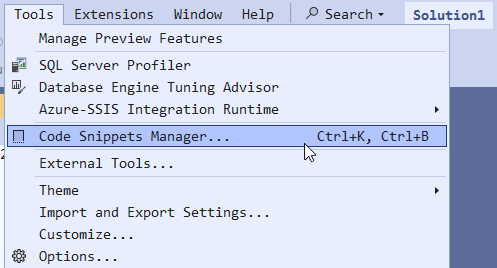SSMS Tips and Tricks 4-1: Adding additional parameters to connections
When I am writing my own code using a .NET (or other) language, I have a great deal of control of how the connection string that my application uses to connect to SQL Server is configured.
In particular, I might need to add another parameter or two.
As a simple example, I might be working with a multi-subnet Availability Group, spread across a production site and a disaster recovery site. It’s common to then have an Availability Group Listener in both subnets.
2025-07-30


